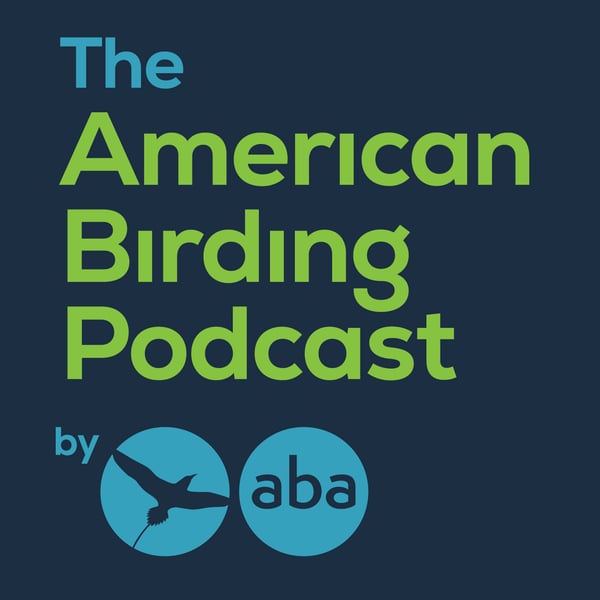04-05: On Non-Native Birds in the ABA Area with Peter Pyle
The American Birding Podcast
naswick
4.7 • 632 Ratings
🗓️ 5 March 2020
⏱️ 35 minutes
🧾️ Download transcript
Summary
Of the 1116 species on the ABA checklist, around 50 are what we classify as “non-native”. These are species from other parts of the world introduced either to the North American mainland or, frequently, to Hawaii. The ABA has always tried to keep track of those non-native species through our checklist committee, and whether or not these populations can be counted on an ABA list is always a hot topic. ABA Checklist Committee chair Peter Pyle of the Institute for Bird Populations at Point Reyes, California, joins host Nate Swick to update birders on the status of many of these populations, and the weird circumstances that bring them to North America.
Transcript
Click on a timestamp to play from that location
| 0:00.0 | This episode of the American Birding podcast is brought to you by the Biggest Week in American Birding. They don't call it that for nothing. It is the biggest birding festival on the North American continent. It is being held this year from May 8th to May 17th, 2020. We are going to be there. The ABA is going to be there. I'm going to be there. I hope to see you there too. Registration is open now. You can get more information at biggest week in American birding.com. |
| 0:30.5 | Hello and welcome to another episode of the American Birding Podcast from the American |
| 0:35.7 | Birding Association. I am your host, Nate Swick. |
| 0:40.7 | The Northwestern Crow is not long for this world. |
| 0:44.7 | I hate to be the bearer of bad news, but this has nothing to do with Northwestern Crows dying. |
| 0:50.7 | This is not a sad conservation story. |
| 0:53.6 | This is a sad, I don't know, maybe not so sad, |
| 0:57.2 | certainly interesting evolution story. And it's maybe even a happy story to those of you out |
| 1:02.7 | there like me who never made it to the Pacific Northwest to spend an inordinate amount of time |
| 1:08.2 | trying to determine which crows are American crows and which |
| 1:11.5 | crows are northwestern crows. So you don't need to bother anymore. You can spend more time |
| 1:17.8 | looking for occlets of the Olympic Peninsula, which is an altogether more pleasant way to |
| 1:22.5 | spend time. So, you know, much love to my crow folks out there. You can still listen to your crows. It's just that the species that is currently known as Northwestern Crow is most likely a subspecies now. And even then, you know, in a few hundred generations, they may not even be that. And all this from a paper published in the journal |
| 1:44.6 | Molecular Ecology from a group of researchers from the University of Washington, who did the |
| 1:50.3 | genetic work on birds collected and sampled from the quote-unquote hybrid zone in northwestern |
| 1:57.2 | Washington and southwestern British Columbia. As it turns out, those two populations |
| 2:02.6 | split from each other in the Pleistocene, likely due to glaciers advancing and retreating a |
| 2:08.6 | half a million years ago. But in the last 40,000 years without glaciers to sort of bar their way, |
| 2:14.6 | those two populations have been creeping back in contact with each other |
| 2:19.5 | probably helped a little bit by development and the spread of humans. Crows tend to follow |
| 2:27.7 | humans to the extent that they are apparently interbreeding readily. You know, it has always been |
| 2:33.8 | really hard to tell Northwestern Crow from American Crow. |
... |
Please login to see the full transcript.
Disclaimer: The podcast and artwork embedded on this page are from naswick, and are the property of its owner and not affiliated with or endorsed by Tapesearch.
Generated transcripts are the property of naswick and are distributed freely under the Fair Use doctrine. Transcripts generated by Tapesearch are not guaranteed to be accurate.
Copyright © Tapesearch 2025.

